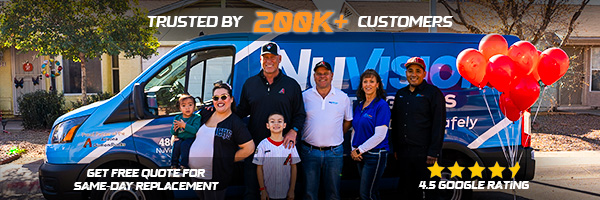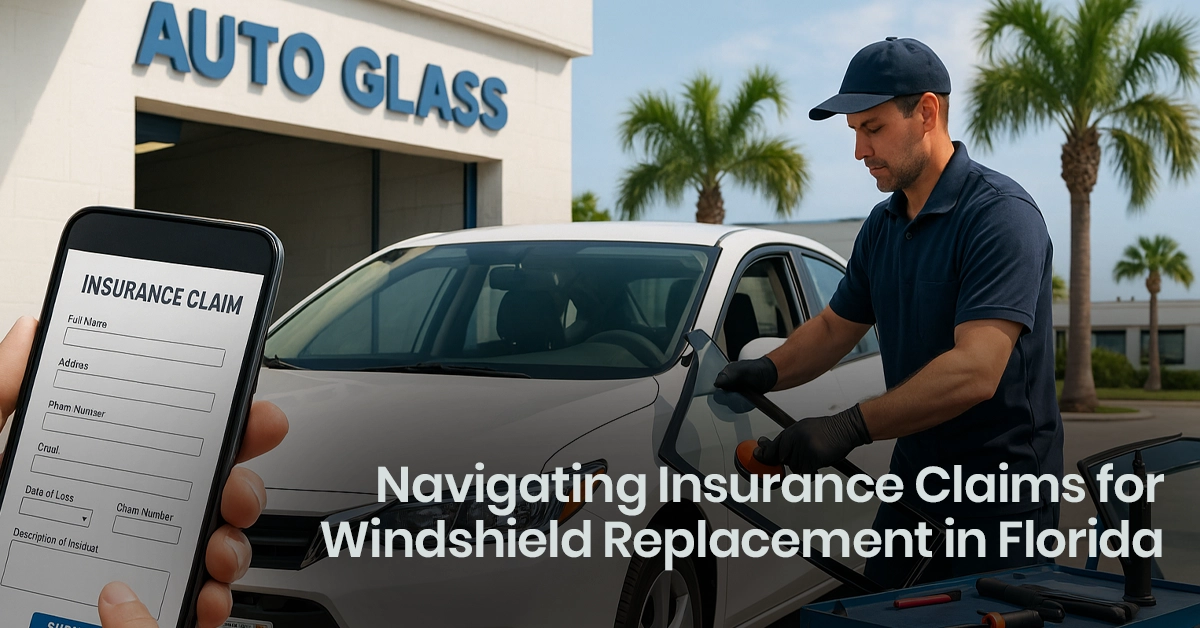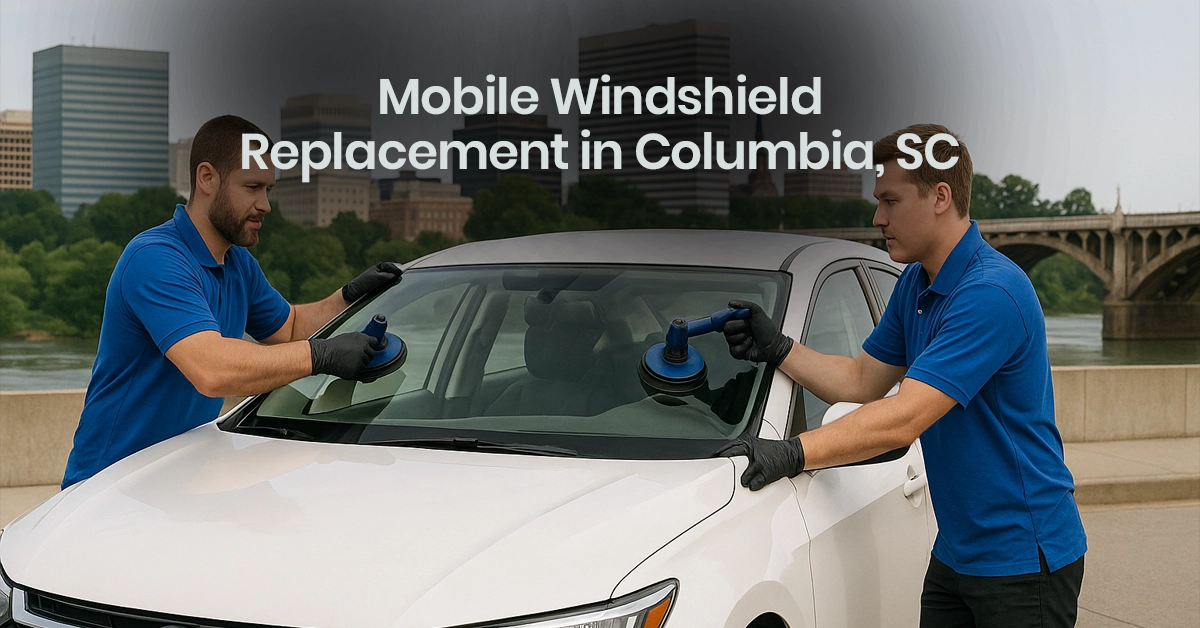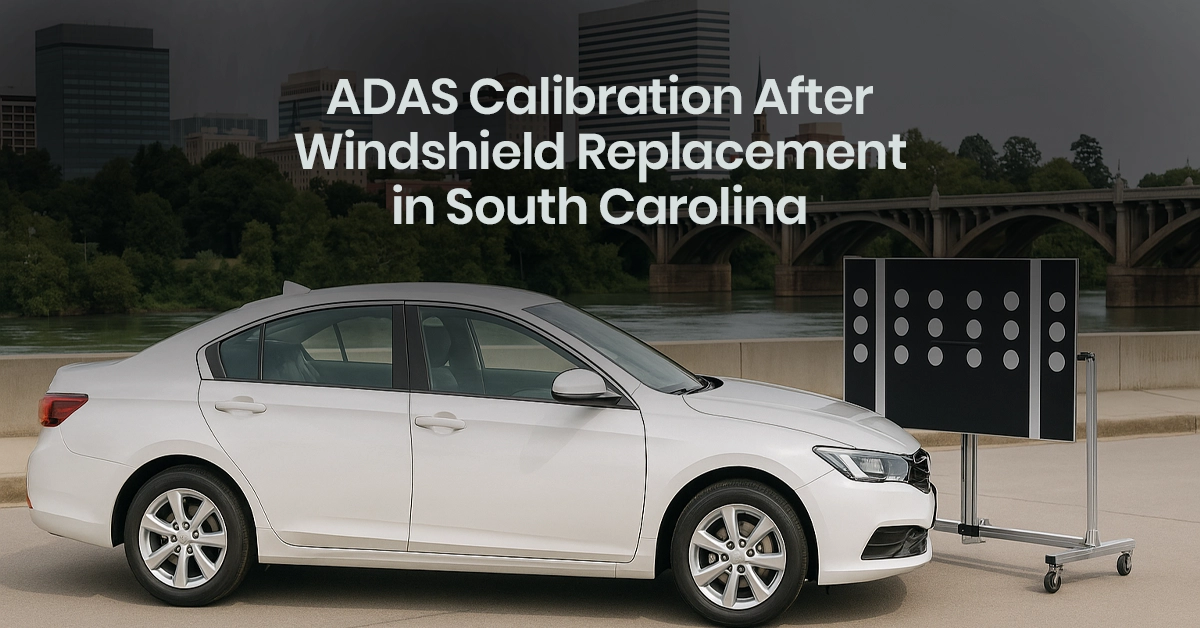Mastering the ADAS Calibration Process for Vehicle Safety
September 26, 2023
ADAS are standard equipment in new cars. These innovative safety technologies use sensors to acquire data about the environment around the vehicle. Sensors gather information that generates safety alerts. In the interest of driver safety, ADAS can even use sensor data to determine when to temporarily assume control of a vehicle’s braking or steering.
Vehicle ADAS sensors, like other sensors, are only as accurate as their calibrations allow them to be. Let us talk about ADAS calibration, a rapidly expanding demand in the automotive sector. We will define ADAS calibration and the process of ADAS calibration.
What is ADAS?
ADAS stands for Advanced Driver Assistance Systems. These are electronic systems built into vehicles to enhance driving safety and help drivers in various driving scenarios. They achieve this by either providing feedback to the driver, automating certain driving tasks, or taking over tasks temporarily if the system determines there is a need.
The goal of ADAS is to enhance safety, reduce the chance of human error (which is a leading cause of accidents), and pave the way towards fully autonomous driving. For these systems to work effectively, they rely on a variety of sensors, cameras, and radars embedded throughout the vehicle. These components gather data from the environment, which the vehicle’s onboard computer then processes to provide the necessary assistance or feedback to the driver.
The ADAS Calibration Process
An ADAS system needs to be calibrated to make sure that cameras, sensors, and other parts are correctly positioned and adjusted in accordance with the manufacturer’s instructions. A qualified specialist and specific equipment are typically needed to complete this calibration process. Here is how a typical ADAS calibration process looks like:
Initial Checks:
Before anything starts, a technician will check for any underlying issues. Think of it as your car’s regular check-up. They will look at any sensors, cameras, and radars connected to the ADAS. If there’s physical damage, those need to be fixed first.
Preparation:
Your car is then placed in a special area, typically clear of any obstructions and with specific lighting conditions. This ensures the sensors and cameras have the optimal environment for calibration.
Equipment Setup:
Here’s where things get a bit sci-fi. Specialized targets are placed at specific distances and angles from the vehicle. These targets help the ADAS systems recognize and adjust to what they are “seeing.”
Calibration:
With everything set up, the technician will use manufacturer-specific software to start the calibration. This software communicates with the vehicle, instructing it to adjust its sensors and cameras based on the targets. This might involve adjusting angles, resetting baselines, or updating software parameters.
Post-Calibration Checks:
Once calibration is complete, it is crucial to test the system. This can involve test drives or simulated scenarios to ensure that every component of ADAS is working correctly.
Why is ADAS Calibration Needed?
You might wonder, “If these systems are so advanced, why do they need recalibration?” Good question! Cars, like us after a rigorous gym session, can get a little out of alignment sometimes. Here’s why ADAS calibration is important:
Accuracy is Crucial:
ADAS systems rely on cameras, radars, and sensors to perceive the environment around the vehicle. If any of these components are misaligned even slightly, they could provide inaccurate information, leading to potential safety risks. For example, a misaligned camera might cause the lane departure warning system to give false alarms or miss a lane departure altogether.
Post-Repair & Maintenance Work:
Whenever a vehicle undergoes repair work—especially tasks like windshield replacement, sensor replacement, wheel alignment, or any front-end work—it is possible that ADAS components might get moved or jostled. Thus, after such repairs, calibration is essential to ensure the systems operate as intended.
Vehicle Modifications:
Modifying a vehicle, like changing its suspension or wheel size, can alter the vehicle’s dynamics and geometry. Such modifications might throw off the sensors’ perceptions, necessitating recalibration.
Post-Accident Assurance:
Even minor collisions can shift sensors or cameras, rendering them inaccurate. After any accident, it is advisable to check and recalibrate ADAS systems if needed to ensure they function correctly.
Changing Components:
Replacing parts related to ADAS—whether it is a camera, a radar module, or even parts that you might not associate directly with ADAS, like a car’s bumper where a sensor might be housed—often requires calibration. New components might not align perfectly with the vehicle’s system without fine-tuning.
Software Updates:
Occasionally, manufacturers might release software updates for ADAS systems. Following such updates, recalibration ensures that the hardware and software are in sync.
Safety & Liability Concerns:
If ADAS features do not work correctly due to a lack of proper calibration, there is not only a safety risk but also a potential liability. If an improperly calibrated system results in an accident, repair shops, technicians, or vehicle owners could be held accountable.
Optimal Performance:
Just like you would calibrate a new TV for the best picture quality, ADAS systems need calibration for optimal performance. For these systems to be effective, they must “see” and “sense” the world accurately.
ADAS Calibration vs. Wheel Alignment
It is worth noting that ADAS calibration is different from wheel alignment. While both are crucial for safe driving, wheel alignment is all about ensuring your car’s wheels are set to the optimum position as per the car manufacturer’s specifications. On the other hand, ADAS calibration ensures the car’s driver assistance features function correctly.
ADAS calibration is not a DIY job, unless you happen to have specialized targets, manufacturer-specific software, and a deep understanding of the system. Always rely on professionals for this. Remember, this is about safety – both yours and others on the road.
Takeaway
As our vеhiclеs bеcomе morе sophisticatеd, it is еxciting to sее how tеchnology is еnhancing our driving еxpеriеncе. But, likе all tеch, it rеquirеs rеgular chеck-ins and updatеs to kееp it is running smoothly. In thе mеantimе, drivе safе, apprеciatе thе incrеdiblе tеch in your car, and always еnsurе your ADAS is calibratеd for a sеcurе journеy.







